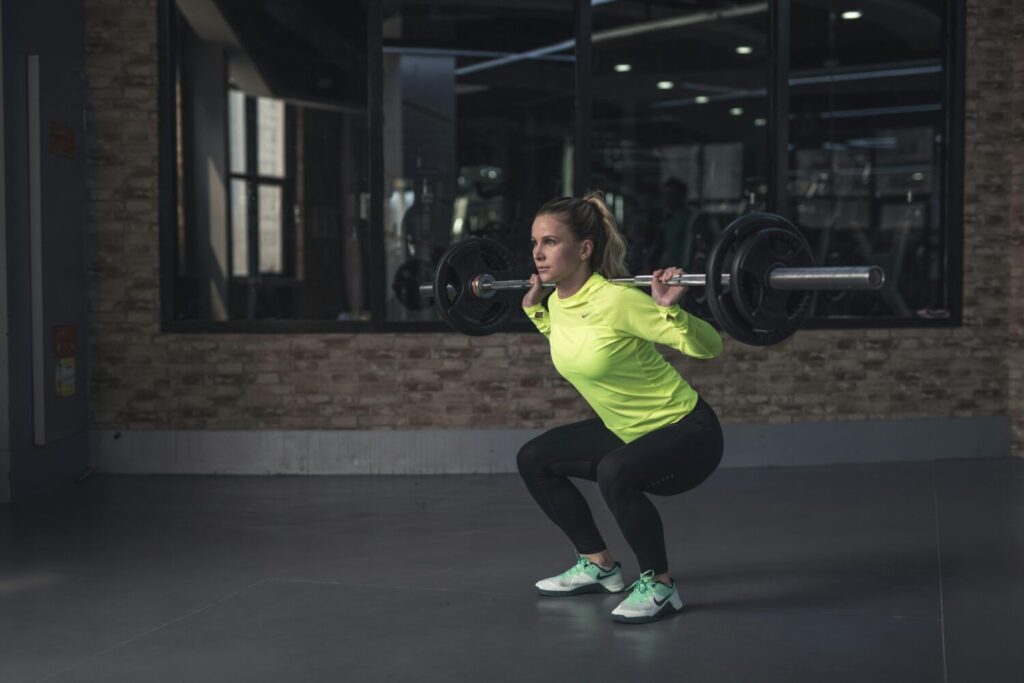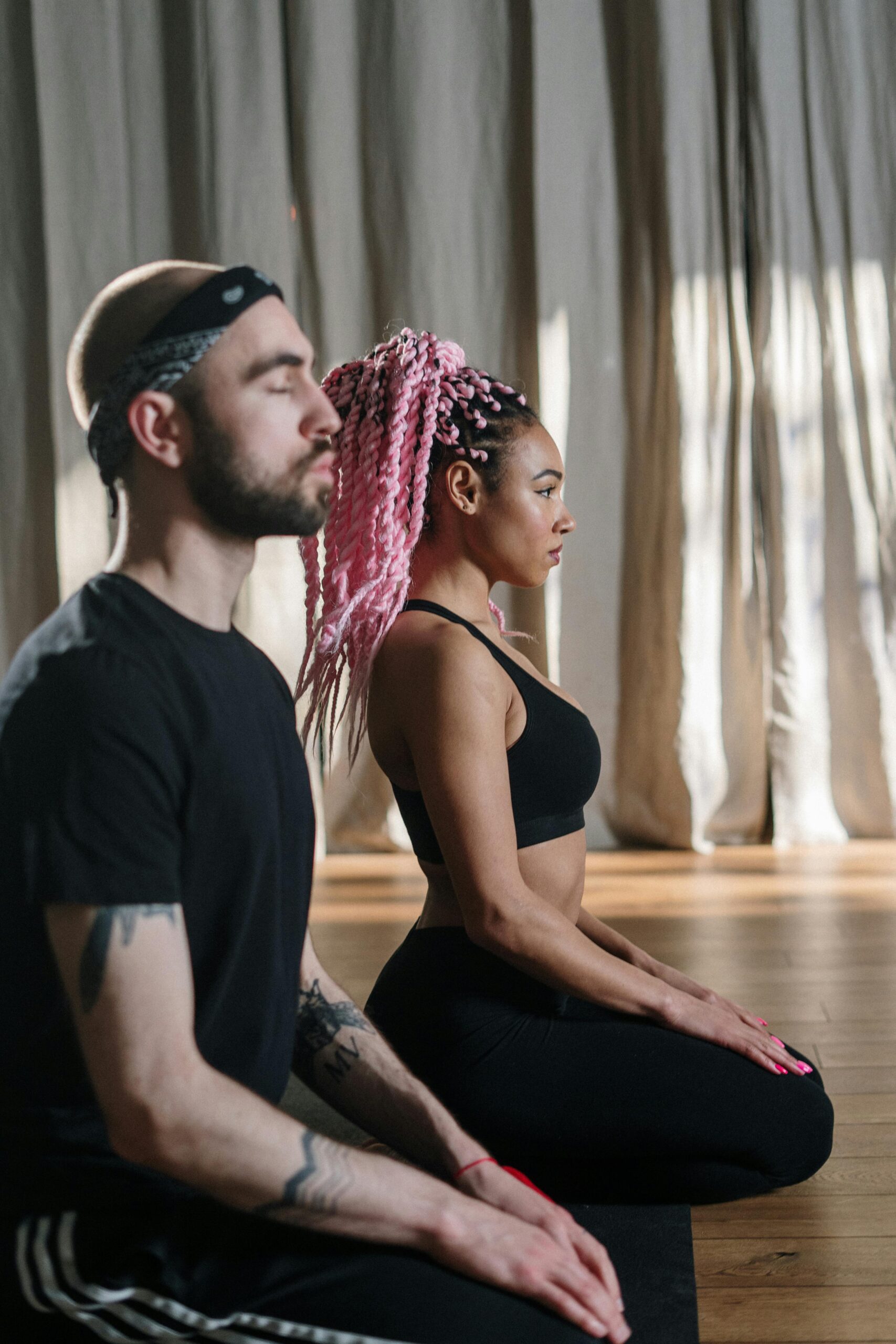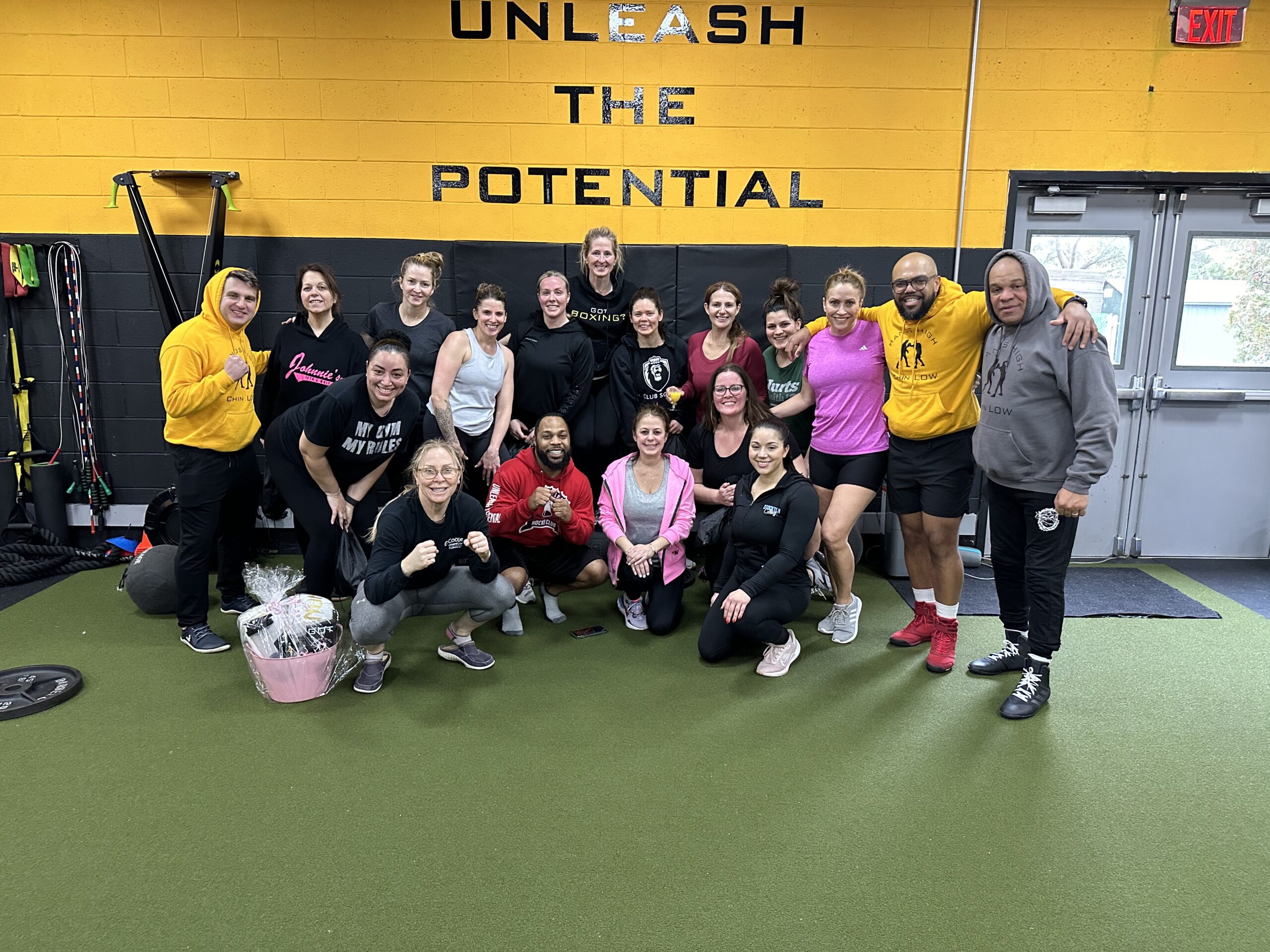Should Everyone Be Squatting Exactly The Same?
The squat is a very popular exercise among personal trainers. Whether you do a bodyweight squat or a burpee, squat form is involved. The squat is a very effective exercise but if form is incorrect, it may lead to various lingering injuries. Each person is unique, therefore, anatomy may play a role in the correct form. We are going to break down the basic anatomy of the hip joint, guidelines to follow when squatting, and the reasons why squat form may vary by individual.
Basic Anatomy of the Hip Joint
The hip joint is a ball and socket joint. This type of joint allows for fully rotational movements throughout all planes of motion. The top of the femur bone, called the femoral head, inserts into the acetabulum (hip socket) of the pelvis. The joint is then held together by the labrum and surrounding muscles. This creates the movement friendly ball and socket joint.
Guidelines to Follow When Squatting
There are still a few guidelines to always follow when performing a squat properly.
Hips/Butt Back – Your hips and butt should be moving back as you progress through the squat. This engages and increases the activation of the glutes and hamstrings.
Weight in Heels/ Toes Up – This prevents your body from leaning too far forward and decreases the pressure in your knees reducing the risk of injury.
Chest Up/Abs Tight – This promotes an erect, neutral spine and improves core stability and good posture when squatting.
Why Everyone’s Squat Will be Slightly Different
Although each person has the same bones, their structure and placement in the joint can vary greatly. Bones may have longer and bigger femoral heads (check picture below), the angle of the femoral head can vary, and their acetabulum (hip socket) may point downwards instead of straight out. Taking bone variability into consideration, squat formation may vary. Some people will feel more comfortable with a wide stance, while others will do better with a narrow stance squat. This is where a knowledgeable and experienced personal trainer can help. Don’t fear the squat! Adapt the squat to your body and you will see great results this year!
Personal Trainer and Fitness Specialist
Suggested Articles:
Common Sports Injuries and Prevention
How Stretching Relates to Performance
Suggested Video:
Take action… Now!
Training Aspects Personal Training and Sports Performance:
Visit us:
Inside of the Flyers Training Center
601 Laurel Oak Rd.
Voorhees, NJ 08043



